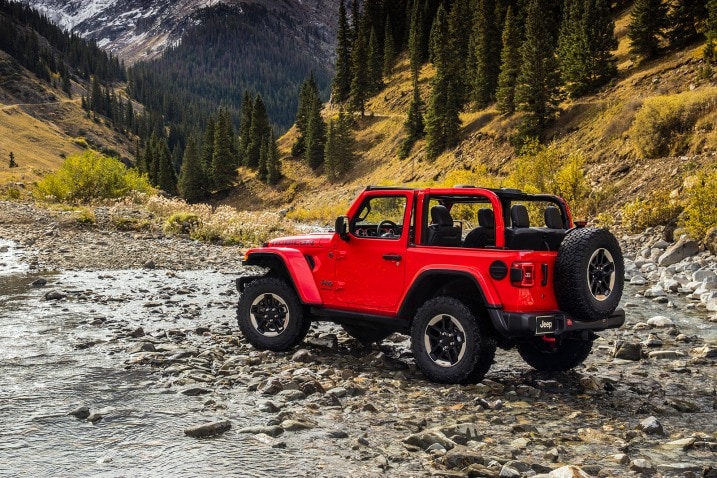The Four-Wheel World
For those who do need more, 4WD and AWD systems offer increased traction and handling capabilities under many circumstances. They're especially helpful on slick, loose or slippery surfaces because they can direct power to the wheels that have the most traction. They can also help with some towing chores, such as pulling boats up wet, slippery launch ramps.
Both AWD and 4WD introduce greater complexity to the drive system, adding both weight and cost. The extra weight generally means a reduction in fuel economy, although this can be mitigated with today's more efficient engines, including hybrid, electric and diesel options. The inclusion of AWD or 4WD to a vehicle typically raises a vehicle's price by about $1,500 up to nearly $4,000.
People sometimes buy an AWD or 4WD vehicle for the occasional off-road outing or ski trip, even though 90 percent of the time they'll be sitting in traffic or using the vehicle on paved roads. These drivers would be better served by buying a two-wheel-drive vehicle for their daily use and renting an AWD car or 4WD truck or SUV for their ski trips. This tactic would save them money on the price of the car as well as overall fuel and maintenance costs.
Because of their additional maintenance needs and lower fuel economy, 4WD and AWD also increase total ownership costs compared to two-wheel-drive versions of the same vehicles. Despite their higher cost, systems that drive all four wheels do make sense for a lot of people. They offer greatly improved traction on all kinds of surfaces and, depending on the system type, can improve towing ability.
In addition, the extra cost can pale in comparison to the burden of repairing damage to an ill-equipped two-wheel-drive vehicle that's crashed in rugged terrain or in snowy, icy or slippery conditions. Also helping to offset those extra costs: Vehicles with an AWD or 4WD system usually have higher resale or trade-in values than their two-wheel-drive counterparts. This is especially true in areas where inclement winter weather and rough terrain make such systems popular.



 by
by 
